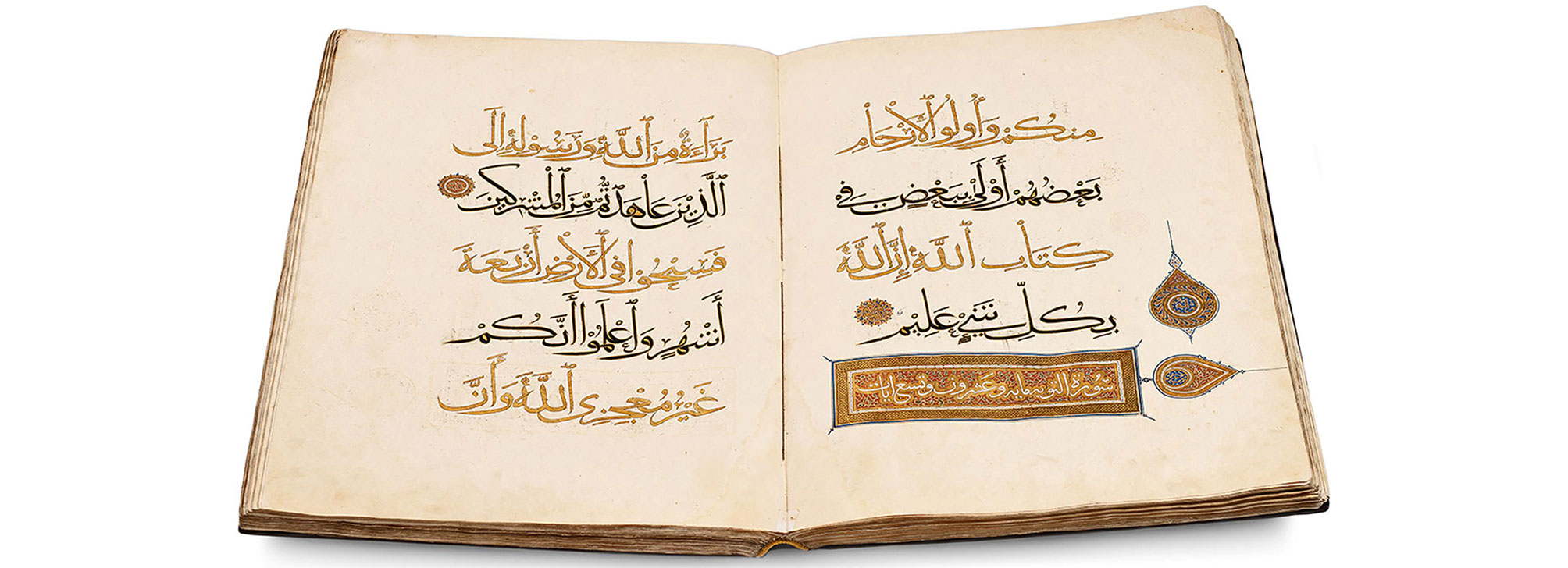The intention of this analysis is to continue the discussion of some parts of the history of what is declared or titled „Islamic art”, within the critical and theoretical framework of both Occidental-Western and (some) Muslim perspectives.
The analysis and establishments of limits in line with the prevailing authorities will contribute to the vital modalities of qadar/ṣināʿat discourse which are resolutely Islamic and in line with their source (ar. al-marjaʿ or al-maṣdar). Particular attention is drawn to advocating differences, due to Occidental-westernized academic efforts to ignore the spirit of unity and the self-reflective Islamic constants of qadar/ṣināʿat discourses and impose the artificial dichotomy of the sacral and profane, and due to paradigmatic views on the evaluation of the aestheticized achievement of the originator/designer of representation, (i.e. homo islamicus) as absolute western ownership.
Key words: ìslām, Islamic civilization, Islamic culture, art, homo islamicus, qadar/ṣināʿat, globalization of culture.



